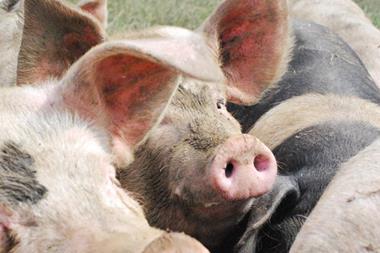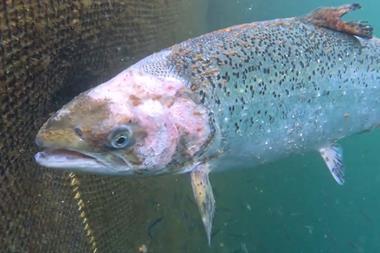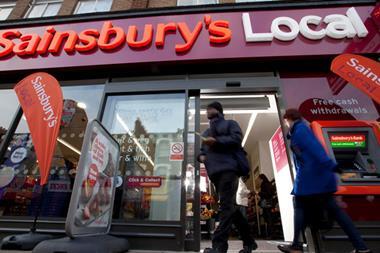The expected benefits of the government’s proposed tobacco display ban have been grossly exaggerated, the Association of Convenience Stores is claiming.
The government has set out health benefits worth £1.1bn based on reduced smoking prevalence over 10 years if a display ban were implemented.
This is based on the premise that 3% of young smokers will, as a direct result of the display ban, not take up smoking. The £1.1bn also takes into account those smokers who find it easier to give up with a ban in place.
However, the ACS – which this week submitted its response to the Department of Health’s Future of Tobacco Control consultation – said it had evidence proving a ban would not have the desired impact of reducing smoking.
The impact in countries where a ban had already been introduced suggested the benefits in the UK would be far less than predicted, it said. “A ban will cost our industry millions of pounds and we now know there is no compelling evidence that a ban will reduce youth smoking,” said ACS chief executive James Lowman.
“Pursuing a display ban is a distraction that prevents them from addressing the more pressing problems of the black market and adults who willingly provide tobacco to under-18s.”
He cited the example of Canada, where youth smoking rates had actually increased in areas where the ban had been in place the longest. Though the number of smokers had fallen in Iceland, experts had attributed this to higher prices and community intervention programmes, rather than the ban, he added.
“We understand some retail marketing practices are perceived to go beyond the spirit of the existing regulations,” Lowman said.
“With that in mind, we are willing to discuss with the government ways in which they could be tightened to allay concerns without placing costs and operational burdens on retailers.”
The consultation process closes on 8 September.
The government has set out health benefits worth £1.1bn based on reduced smoking prevalence over 10 years if a display ban were implemented.
This is based on the premise that 3% of young smokers will, as a direct result of the display ban, not take up smoking. The £1.1bn also takes into account those smokers who find it easier to give up with a ban in place.
However, the ACS – which this week submitted its response to the Department of Health’s Future of Tobacco Control consultation – said it had evidence proving a ban would not have the desired impact of reducing smoking.
The impact in countries where a ban had already been introduced suggested the benefits in the UK would be far less than predicted, it said. “A ban will cost our industry millions of pounds and we now know there is no compelling evidence that a ban will reduce youth smoking,” said ACS chief executive James Lowman.
“Pursuing a display ban is a distraction that prevents them from addressing the more pressing problems of the black market and adults who willingly provide tobacco to under-18s.”
He cited the example of Canada, where youth smoking rates had actually increased in areas where the ban had been in place the longest. Though the number of smokers had fallen in Iceland, experts had attributed this to higher prices and community intervention programmes, rather than the ban, he added.
“We understand some retail marketing practices are perceived to go beyond the spirit of the existing regulations,” Lowman said.
“With that in mind, we are willing to discuss with the government ways in which they could be tightened to allay concerns without placing costs and operational burdens on retailers.”
The consultation process closes on 8 September.



















No comments yet